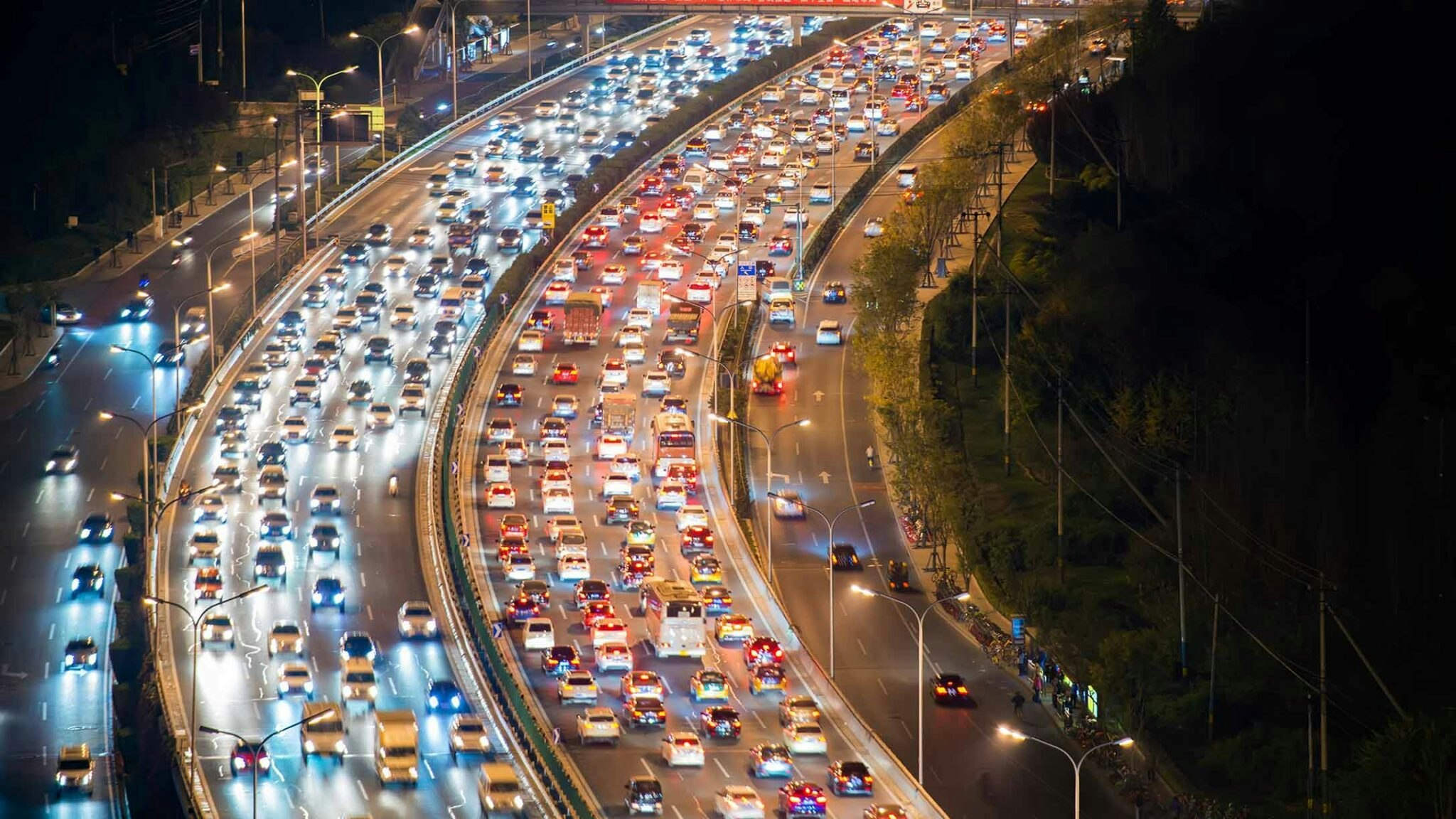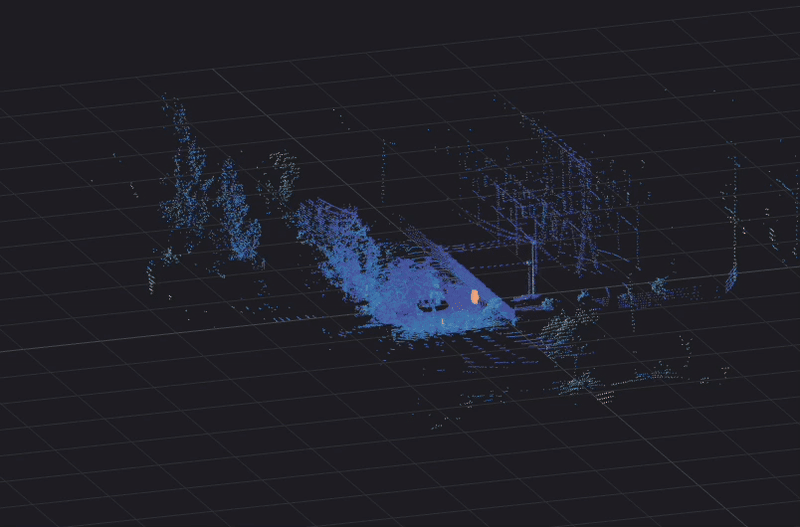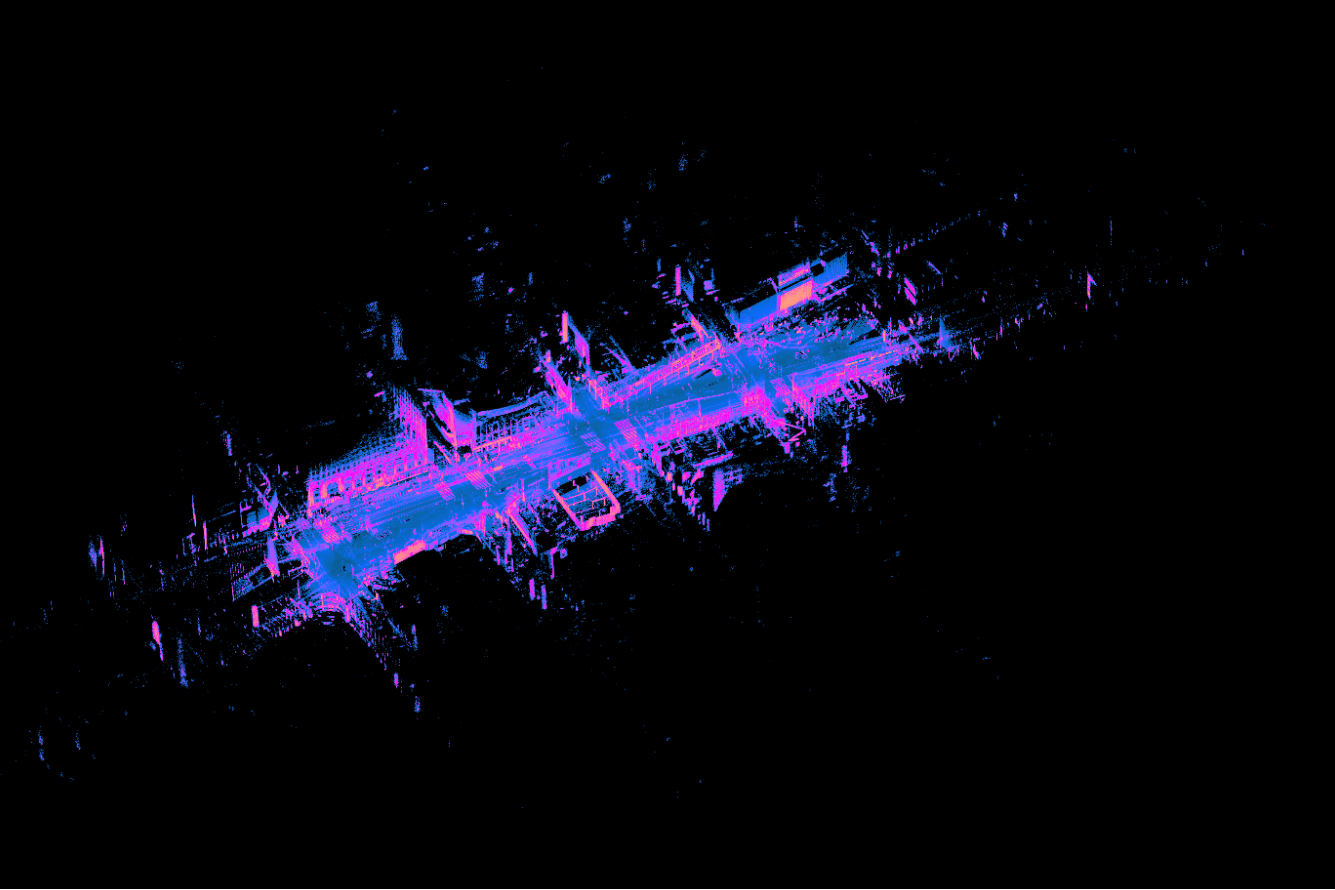Let’s be honest, Elon and Ouster are not always on the same side of a debate. We don’t agree on a lot of things, like whether or not lidar belongs on cars.
But this is something we can get behind:

Because Elon is absolutely right. Traffic sucks, and we need to defeat it. Traffic congestion is an expensive problem that costs drivers thousands of hours every year. Americans spent an estimated 22 billion hours in traffic in 2018, costing the US economy over $85 billion dollars in lost productivity.
But it is possible. What can defeat traffic is intelligent transportation systems (ITS). An intelligent transportation system adapts to real-time traffic conditions, such as changing traffic light timing or turning on freeway ramp meters to balance out the flow of traffic. Doing this relies on good data – data that captures every moving object on the road and tells you exactly what is happening on the road at any hour of the day.
Data: the ultimate boss for ITS
Enabling intelligent infrastructure requires complete data of the road and all moving objects on the road. This also includes key performance metrics such as traffic volume, turning moving counts, and average travel speed. The challenge, however, is measuring these accurately and at scale.

Cameras cannot reliably detect all vehicles at night. Radars cannot reliably detect micro-mobility users. Manual counting is incredibly inefficient. And some metrics like turning moving counts are notoriously challenging to accurately capture with these traditional methods alone.
This leaves gaps in the data, and a constant tradeoff between data comprehensiveness with the total costs needed to collect it. Incomplete data limits the impact of dynamic traffic management systems in improving what they’re intended to do – defeat traffic.
And so, just as most car makers are doing, cities can turn to 3D lidar.
Ouster lidar: beating the ultimate boss with data
Ouster digital lidar combines the high-resolution advantage of cameras with the all-weather reliability of radar. The result is a comprehensive and accurate representation of everything that’s happening on the roads. In a project conducted by the City of Hamburg, Ouster lidar achieved 100% classification accuracy of passenger cars and 96% classification accuracy of trucks, far outperforming thermal cameras, radar, induction loops, and magnetic sensors.
- Detection and classification of every moving object: different classes of vehicles, two-wheelers, and pedestrians
- Precise data points of every moving object, including XYZ location, speed, and velocity
- Accurate data across 24/7 and all-weather conditions
- A single detection view across multiple intersections and any sized area

This data gives cities the foundation to implement data-driven dynamic traffic systems that can ease congestion. Learn more about our solution here.
Making moves
Defeating traffic cannot be done alone, not even by the most powerful humans or the most powerful lidar sensor.
At Ouster, we partner with cities to help make their roads safer and more efficient for all users. This ranges from collecting data to build digital twins, to monitor traffic, and to increase pedestrian safety.
Curious about how we can defeat traffic together? Learn more or connect with our team of experts.



